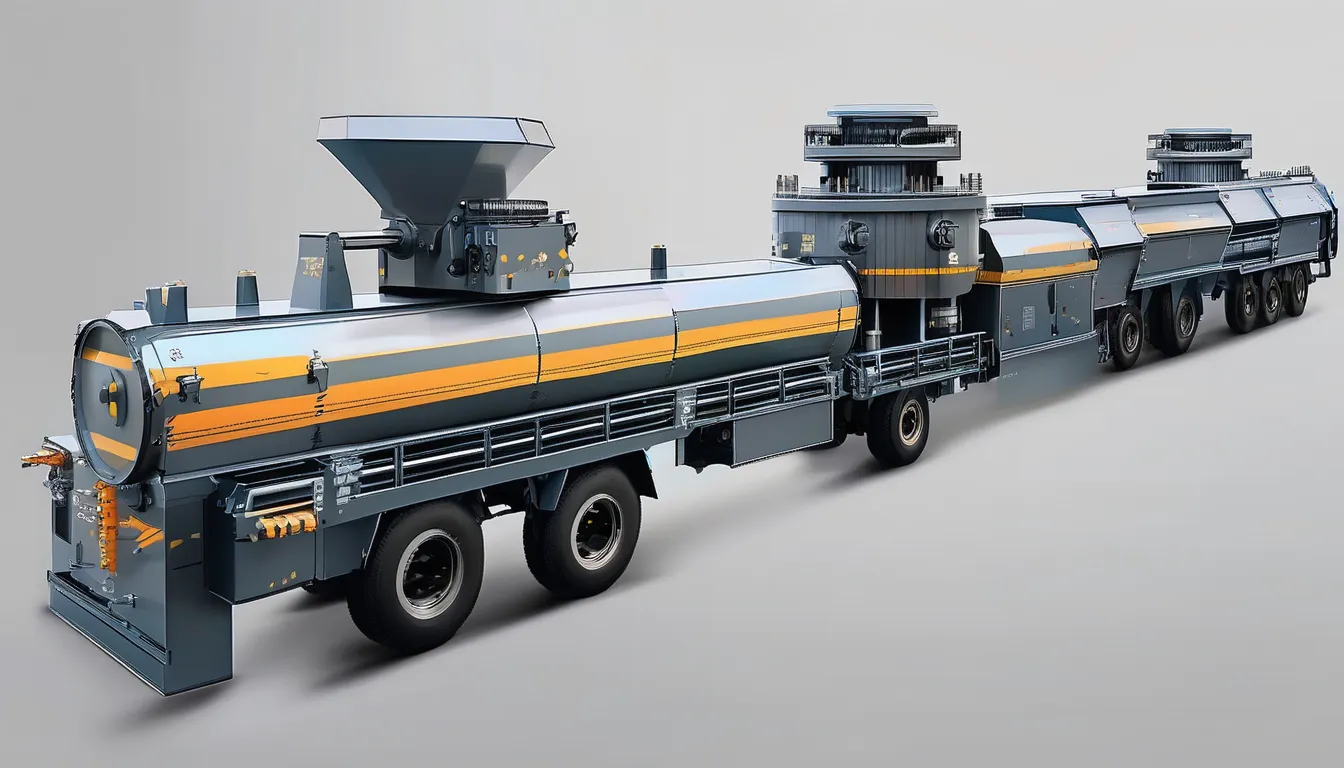As you navigate the complex landscape of Web3, you’ve likely encountered the challenges of blockchain fragmentation. With numerous ecosystems operating in isolation, it’s clear that something’s missing – a bridge to connect these disparate networks. That’s where interoperability comes in, enabling seamless interactions between chains and unlocking new possibilities Thirdweb users and developers. But what does this interconnected future look like, and how do we get there? The answer lies in understanding the solutions and models that drive interoperability, which we’ll explore next, revealing the full potential of a unified Web3 ecosystem.
Understanding Blockchain Fragmentation
Imagine you’re navigating a complex highway system with multiple lanes, each representing a different blockchain.
As you’re driving, you notice that each lane has its own set of rules, and switching lanes can be challenging.
This is similar to the current state of blockchain technology, where different ecosystems operate independently, often with little to no interaction with one another.
This phenomenon is known as blockchain fragmentation, where multiple blockchain networks coexist, each with its own architecture, consensus mechanisms, and use cases.
As a result, users and developers are limited to a single ecosystem, restricting the potential for collaboration and innovation.
Blockchain fragmentation is a major obstacle to the widespread adoption of Web3 technologies.
With multiple ecosystems competing for users and developers, it can be difficult to achieve the scale and liquidity needed to drive growth.
Understanding the complexities of blockchain fragmentation is crucial for developing solutions that enable seamless interaction between different ecosystems, ultimately driving the growth of the Web3 space.
Interoperability Solutions and Models
To overcome the limitations of blockchain fragmentation, developers and researchers have been exploring various interoperability solutions and models that enable seamless interaction between different ecosystems.
You’ll find several approaches, including sidechains, hash-time locked contracts (HTLCs), and atomic swaps. These solutions facilitate communication between different blockchain networks, allowing for the transfer of assets and data.
Another notable approach is the development of cross-chain bridges. These bridges enable the transfer of assets between different blockchain networks, often using a third-party token or asset to facilitate the transfer.
You can also explore the use of layer 2 scaling solutions, such as Optimism or Polygon, which enable the transfer of assets between different blockchain networks.
Additionally, you can consider using decentralized interoperability protocols, such as Cosmos or Polkadot. These protocols enable the creation of decentralized networks of independent blockchain ecosystems, allowing for seamless interaction between different networks.
Benefits of Interoperable Networks
With interoperability solutions and models in place, you can unlock a wide range of benefits for your Web3 applications. One of the most significant advantages is the ability to reach a broader audience by connecting with multiple blockchain ecosystems. This allows you to tap into new markets, increase your user base, and expand your business opportunities.
Interoperable networks also enable seamless asset transfers, making it easier to move assets between different blockchains. This, in turn, can lead to increased liquidity, improved market efficiency, and reduced transaction costs.
Another benefit of interoperable networks is the ability to leverage the unique features and strengths of different blockchain ecosystems. For example, you can use the scalability of one blockchain and the security of another to create a more robust and efficient application.
Interoperability also enables the creation of more complex and sophisticated applications, such as decentralized finance (DeFi) protocols and non-fungible token (NFT) marketplaces. By bridging different blockchain ecosystems, you can unlock new possibilities and create innovative applications that weren’t previously possible.
Overcoming Interoperability Challenges
Although achieving interoperability between different blockchain ecosystems can bring numerous benefits, it’s not without its set of challenges. One major challenge you’ll face is the issue of incompatible protocols and standards. Different blockchain networks use different consensus algorithms, smart contract languages, and data formats, making it difficult for them to communicate with each other.
| Challenge | Description |
|---|---|
| Scalability | Interoperability solutions can be resource-intensive, leading to scalability issues and increased costs. |
| Security | Allowing different blockchain networks to interact with each other can increase the risk of security breaches and attacks. |
| Regulation | Interoperability raises regulatory questions, such as which laws and regulations apply to transactions that cross multiple blockchain networks. |
To overcome these challenges, you need to carefully consider the design and implementation of your interoperability solution. You’ll need to balance the need for flexibility and compatibility with the need for security and scalability. By understanding the challenges and limitations of interoperability, you can build a solution that effectively bridges different blockchain ecosystems.
Future of Web3 Interoperability
Embracing the evolving landscape of Web3, you’re likely wondering what the future holds for interoperability. As the ecosystem continues to expand and mature, interoperability solutions will play a crucial role in shaping its trajectory.
You can expect to see the development of more sophisticated cross-chain protocols, enabling seamless interactions between disparate blockchain networks. These advancements will likely be driven by the growing demand for decentralized applications (dApps) that can operate across multiple ecosystems.
In the near future, you’ll witness the emergence of hybrid blockchain models, which will facilitate the integration of different consensus algorithms and network architectures.
This, in turn, will unlock new use cases and applications, further accelerating the adoption of Web3 technologies. Moreover, the increasing focus on regulatory compliance and security will lead to the development of more robust and scalable interoperability solutions.
As a result, you can expect to see a more interconnected and cohesive Web3 ecosystem, where users and developers can seamlessly interact across different blockchain networks.
Conclusion
As you navigate the ever-evolving Web3 landscape, it’s clear that interoperability is key to unlocking its full potential. By bridging disparate blockchain ecosystems, you’ll unlock new opportunities for growth, innovation, and adoption. With continued advancements in interoperability solutions and a growing understanding of their benefits, you’ll play a crucial role in shaping the future of Web3 – one that’s more connected, efficient, and robust.






